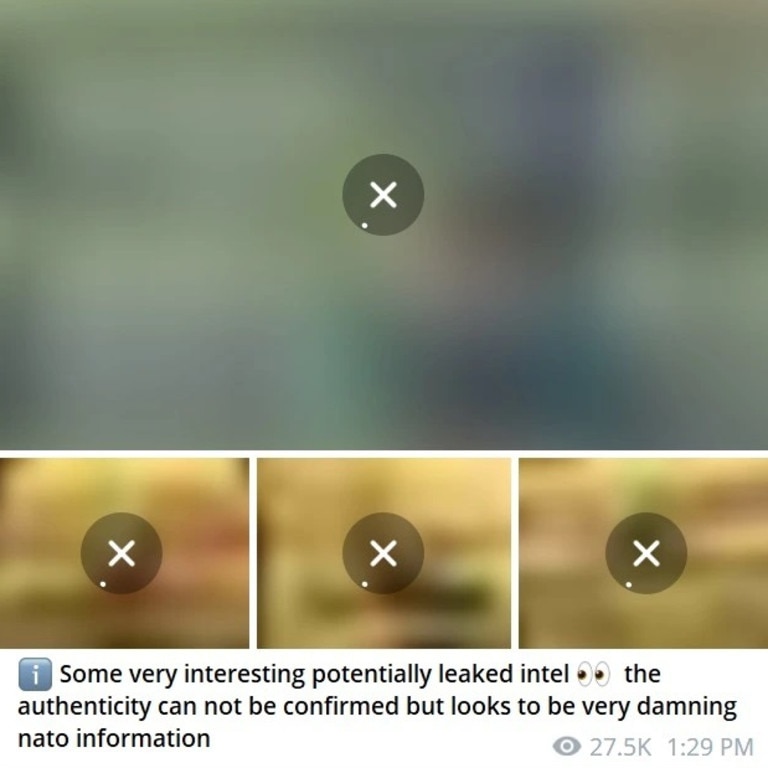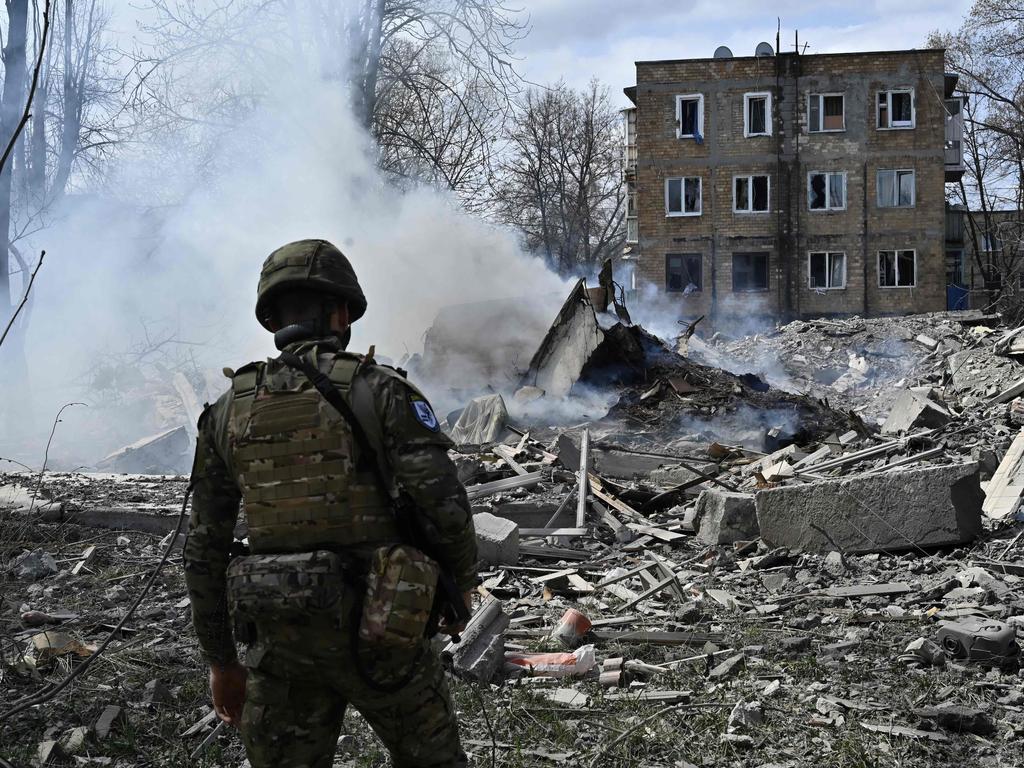The six biggest revelations from the Pentagon’s leaked intel documents
Classified US government documents posted on online message boards may be the largest national security breach in at least a decade.
Classified US government documents posted on online message boards made their way into the world’s media late last week in what may be the largest national security breach in at least a decade.
The Wall Street Journal reported on Monday that files began to be shared with a small group on the Discord messaging platform in January and were shared again with a larger group in early March.
The leak escaped widespread notice for almost another month, after files were posted on the image board 4chan and reposted again (some of them in an altered form) by pro-Russian accounts on the messaging service Telegram, New York Post reports.

Other documents have popped up on other social media platforms and been verified by US intelligence officials over the past few days, complicating apparent plans for a spring military offensive by Ukraine and revealing details about Kyiv’s dwindling air defences against Russia.
Beyond the revelations about the state of the 13-month-old war between Russia and Ukraine, the scandal has also revealed spying by the US on its allies and has almost certainly exposed American intelligence sources.

Here are the biggest revelations from the leaked documents:
• Five photos of printed presentation slides and maps dated March 1 detailed timelines for the training and preparation of nine Ukrainian brigades ahead of an expected counter-attack, as well as information about tanks, vehicles and artillery, along with equipment supply trains. US officials told The Post the photos showed real slides, but some information appeared to have been edited – most notably claims that Russia had lost between “16,000-17,500” forces in the conflict so far, while between “61,000-71,500” Ukrainian troops had been killed in action.
• Other documents leaked from the Pentagon predicted that, without reinforcement, Ukraine’s air defence forces would be exhausted by May 23 – allowing Russia’s fighter and bomber aircraft to return to the skies in large numbers, according to The New York Times.
• South Korean officials were wary of sending ammunition to the US out of concern that the arms would be sent on to Ukraine – information American intelligence officials obtained by spying on one of Washington’s strongest Asian allies, the Times reported.

• US officials have explored how to persuade Israel to provide “lethal aid” to Ukraine while remaining officially neutral in the conflict between Kyiv and Moscow, according to NBC News. Options that have been discussed include having Israel route matériel to Ukraine through third parties or highlighting Moscow’s support for Iran as well as its role in Syria’s ongoing civil war.
• Hackers working with Russia’s FSB spy agency claimed to have halted operations at a Canadian natural gas pipeline company earlier this year, The Globe and Mail newspaper reported. However, the company’s president has denied the claims and Canadian officials have been unable to confirm the cyber attack took place.
• Leaked CIA intelligence claimed Israel’s Mossad intelligence agency had made “explicit calls to action” against Prime Minister Benjamin Netanyahu’s controversial judicial reform plan – though his office has since called the report “mendacious and without any foundation whatsoever”.

On Monday, the Pentagon said Defence Secretary Lloyd Austin was informed of the leaks on April 6 and has spent the days since contacting allies and holding daily meetings to assess the damage.
Spokesman Chris Meagher said the department was looking closely at “how this type of information is distributed and to whom”, but would not say if steps had already been taken to tighten control over who can access it.

At the White House, National Security Council spokesman John Kirby was asked if the US was bracing for more online releases.
“The truth and the honest answer to your question is, we don’t know,” he said. “And is that a matter of concern to us? You’re darn right it is.”
He added: “We don’t know who’s behind this, we don’t know what the motive is.”
The FBI and Justice Department have opened an investigation into the leaks at the behest of the Pentagon.
This article originally appeared on New York Post and was reproduced with permission





